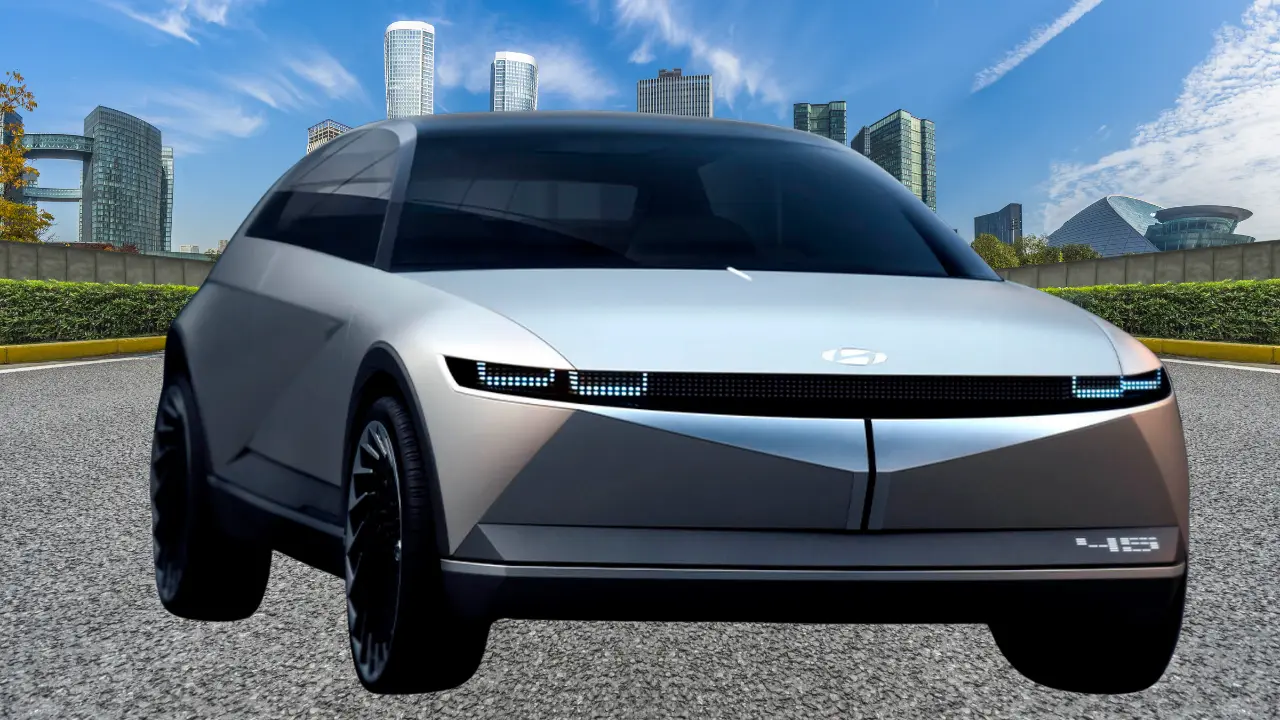Hyundai Motor is gearing up to introduce a new-generation infotainment system with a design inspired by Tesla that may change the way you think of electric vehicles. The Pleos Connect, available from the second quarter of 2026, will be introduced first in Hyundai’s small electric SUVs, and will represent also a technology leap for the Korean maker.
Groundbreaking Revolutionary Tesla-Like Interface
The Pleos Connect system is Hyundai’s most audacious play in the realm of software-defined vehicles to date. Based on the Android Automotive Operating System (AAOS), the system includes a massive freestanding touchscreen, very reminiscent of Tesla’s minimalistic dashboard design. Gear selection appears in the upper left corner, with battery charge level in the top center, in Tesla’s own design language almost to a T.
But There’s A Catch – And it is that unlike Tesla’s all-buttonless approach, Hyundai has left some of the buttons in place, trying to keep the car easy to handle while still looking as futuristic as possible. This hybrid implementation might be welcomed by drivers who enjoy Tesla’s tech-forward design, but don’t like juggling through menus for intuitive controls.
Read also: 2025 Renault Triber Facelift Launches July 23 With Fresh Design
AI-Based Gleo Assistant is the Hero of the Hour
At the core of Pleos Connect is Gleo AI, Hyundai’s cutting-edge AI voice recognition technology, which brings a true revolution to the in-car user experience. The AI assistant can handle sophisticated, multi-command requests in a sentence like “Change the navigation to Mumbai and play my favorite playlist”.
The computer comes with a multi-window feature, which lets you run a number of applications at the same time on the same screen – similar to the smartphone interface. This feature allows drivers and passengers to occupy screens while keeping all safety guidelines.
IONIQ 2: The Cheap Electric Revolution
Pleos Connect is planned to launch in Hyundai’s ‘IONIQ 2’ electric SUV (code named ‘BJ1’). This baby electric crossover will be smaller than the current Hyundai Inster and Kona Electric, and will be designed for Europe first with a launch scheduled for the third quarter of 2026.
Based on Hyundai’s existing E-GMP electric platform, the IONIQ 2 will be offered with one of two battery options: a 58.3 kWh (up to 267 miles) or 81.4 kWh (up to 372 miles). All versions will come with a single electric motor fitted on the front axle generating 201 horsepower.
Internet Divided on Design Direction
The industry response to Hyundai’s Tesla-challenging move has been mixed. While some laud the Korean maker for adopting new age tech, some of them think it is not an original design. The layout of the system, especially the gear selector and the battery display, has been criticized for being too closely resembling Tesla’s design.
Industry insiders believe this strategic choice is Hyundai’s stance in a bid to court consumers who want a Tesla-like experience without the brand baggage.
Global Rollout Strategy Revealed
Hyundai has put its eggs in the Pleos Connect basket, with the carmaker targeting 20 million vehicles using the tech by 2030 — the industry’s largest infotainment sysyem rollout to date. The system will first feature in the next-gen Hyundai Elantra (Avante) in Q2 2026 and then the new Tucson in Q3 2026.
The firm has also unveiled Pleos Playground, an open development platform, to enable third-party developers to develop applications designed for the car. This ecosystem approach is similar to how successful smartphone app stores operate and could spur innovation in automotive software.
India Launch Timeline Uncertain
Although Hyundai has announced that IONIQ 2 will have its European premiere, the manufacturer has not released details on an Indian release. But, armed with the strong image of Hyundai in India and the great response the Electric Creta has got in the recent past, automotive experts have projected that the IONIQ 2 will come to India by 2027.
A locally adapted variant of the Pleos Connect system for the Indian market could include regional specific features and language to be adapted to local tastes.
